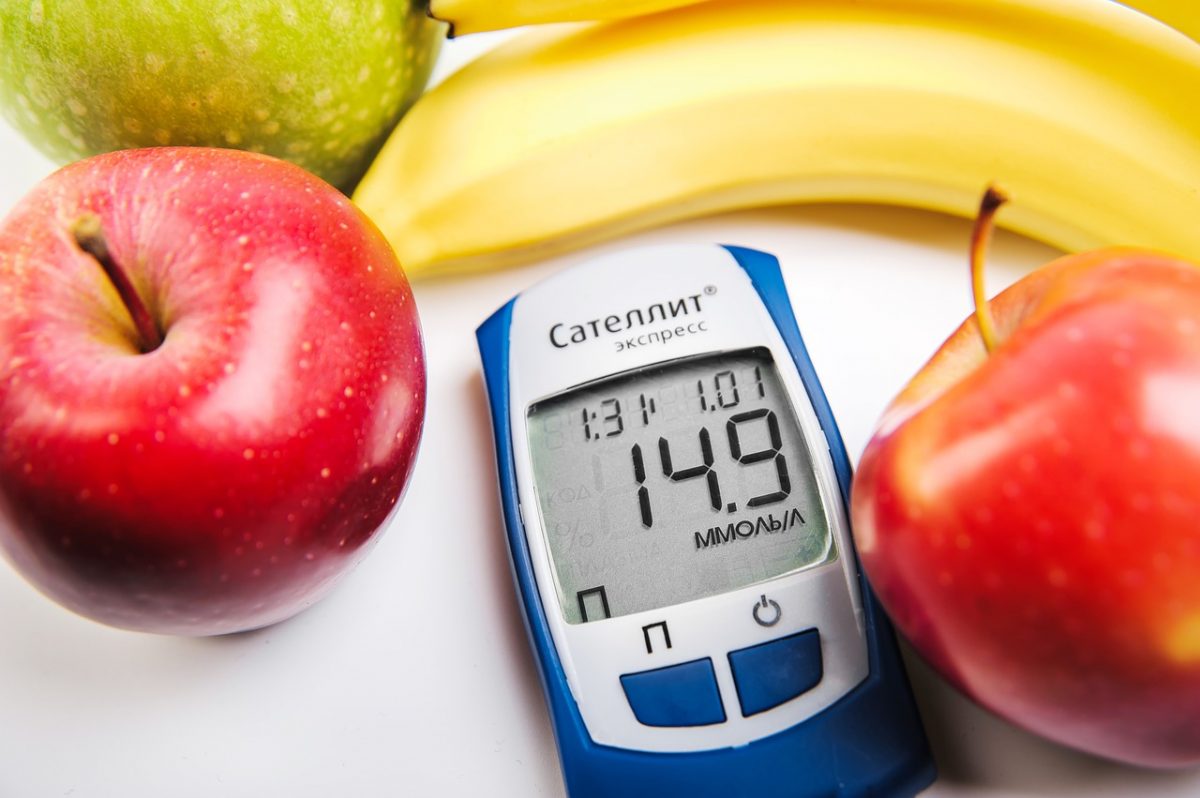Managing blood glucose levels is a daily balancing act for many individuals with diabetes. If they’re not extremely careful, they can run the risk of being hypoglycemic or hyperglycemic. Glucose levels fluctuate daily depending on what an individual eats and the type of activities in which they’re engaged. It’s perfectly normal and to be expected. Hypoglycemia and hyperglycemia are life-threatening situations that require immediate attention.
People experience hyperglycemia when their glucose levels are too high. It can occur when enough insulin hasn’t been injected, when their diabetes isn’t under control, or they drink too much. Hypoglycemia occurs when glucose levels are too low, usually as a result of not eating, injecting too much insulin, or they have unplanned physical exertion.
The symptoms of hyperglycemia can include frequent urination, extreme thirst, headache and nausea. Some individuals experience a lack of energy, and muscle weakness. Other symptoms may be observed encompassing difficulty seeing, mind fog, poor concentration, confusion, drowsiness, and even coma and death if left untreated. It’s imperative that they take their insulin or seek medical attention if they’re undiagnosed.
Those experiencing the symptoms of hypoglycemia may break into a cold sweat, have a headache, racing pulse, and feel extremely hungry. They may feel nervous, anxious or restless. They appear pale, feel weak, and may experience shivering, have difficulty concentrating or feel confused. When glucose levels fall too low, individuals are difficult to wake and can even become unconscious. Seeking medical assistance is critical.
Individuals may experience all or some of the symptoms of either condition and each individual is different in their reactions. The important thing to remember is that symptoms don’t appear all at once and they often come on slowly at first.
Either situation is extremely serious for a diabetic. If the person is suffering from hypoglycemia and is conscious, orange juice or a similarly sugary beverage is helpful in bringing glucose levels back up. Medical assistance should be summoned if the individual is hyperglycemic or loses consciousness.
If you would like to find out about earning cash for your unwanted, unused and boxed test strips, complete our online quote form today.
If you have extra, unopened and unused boxes of diabetic test strips – whether you have switched brands, no longer need to test or test less frequently, or have a loved one who has passed away – don’t let them gather dust until they’ve expired and end up in the trash. We’re the best place to sell diabetic test strips online, and if you want to sell your test strips, we’re here to make the process easy and enjoyable!
Visit us at Sell Your Test Strips and get your free quote today!
Like us on Facebook

